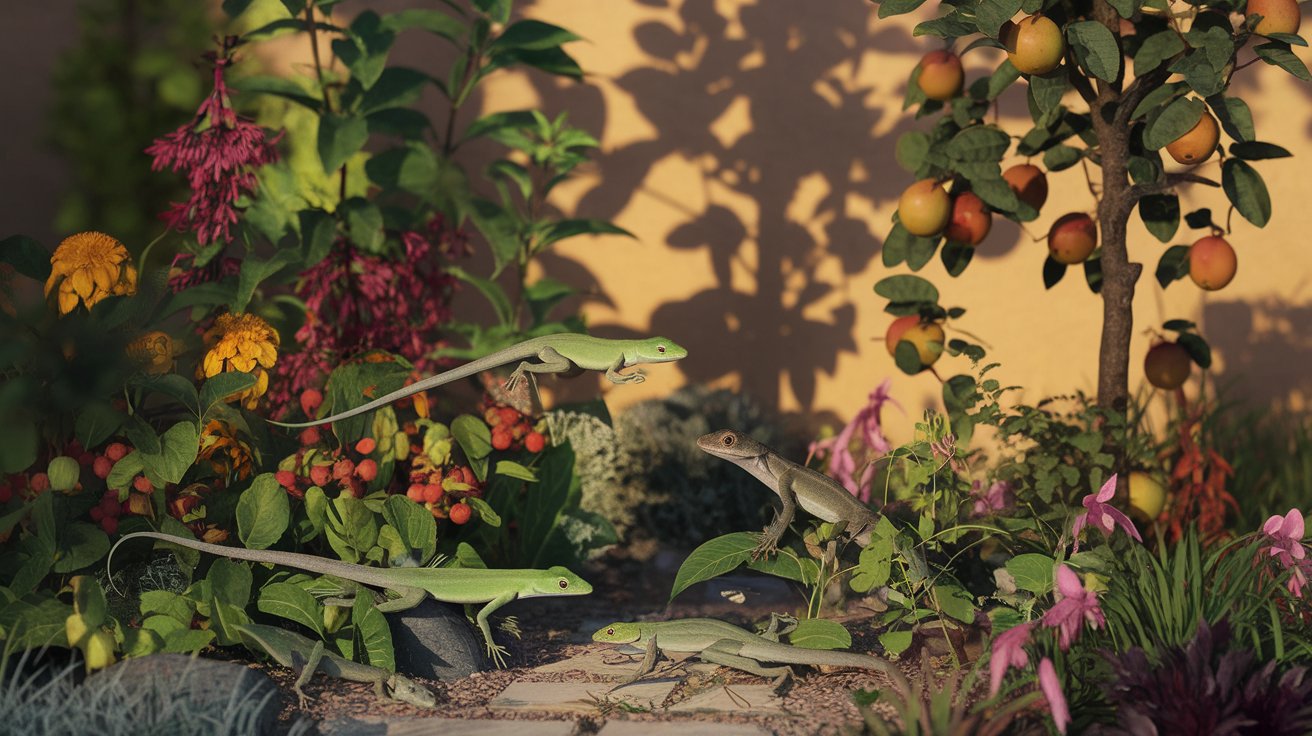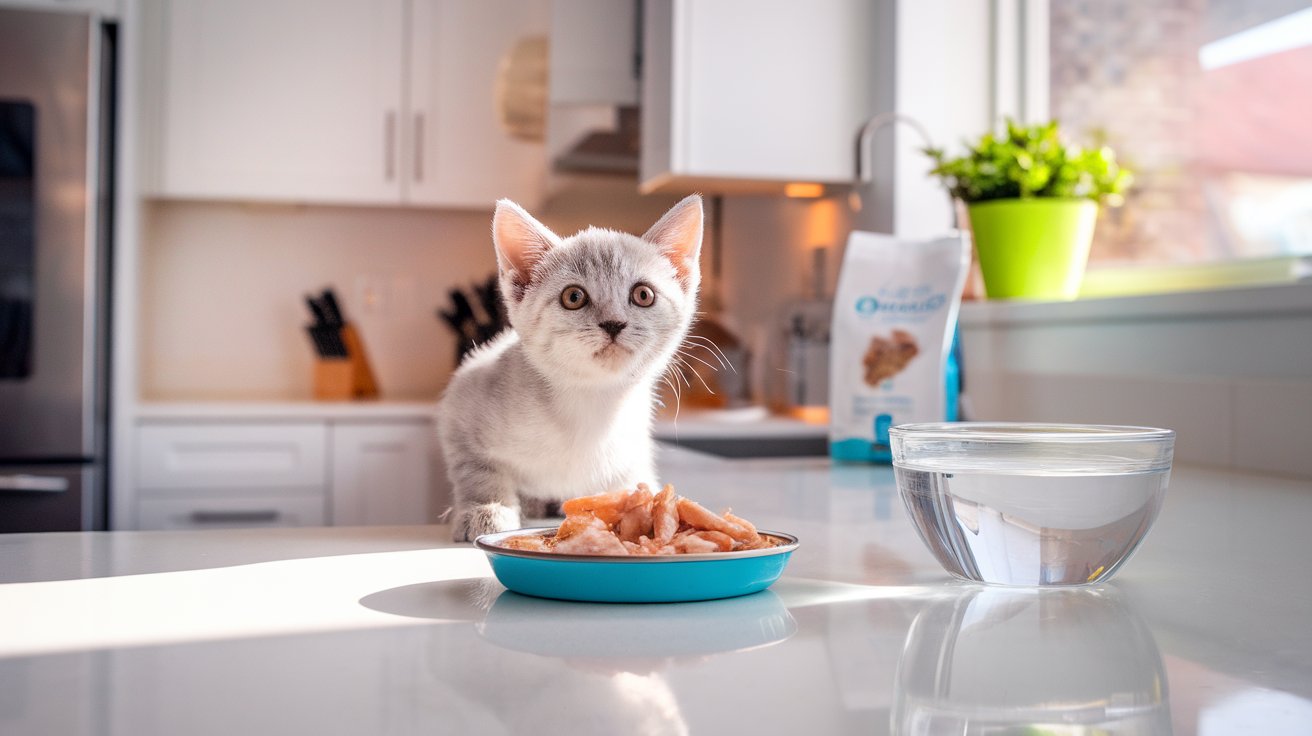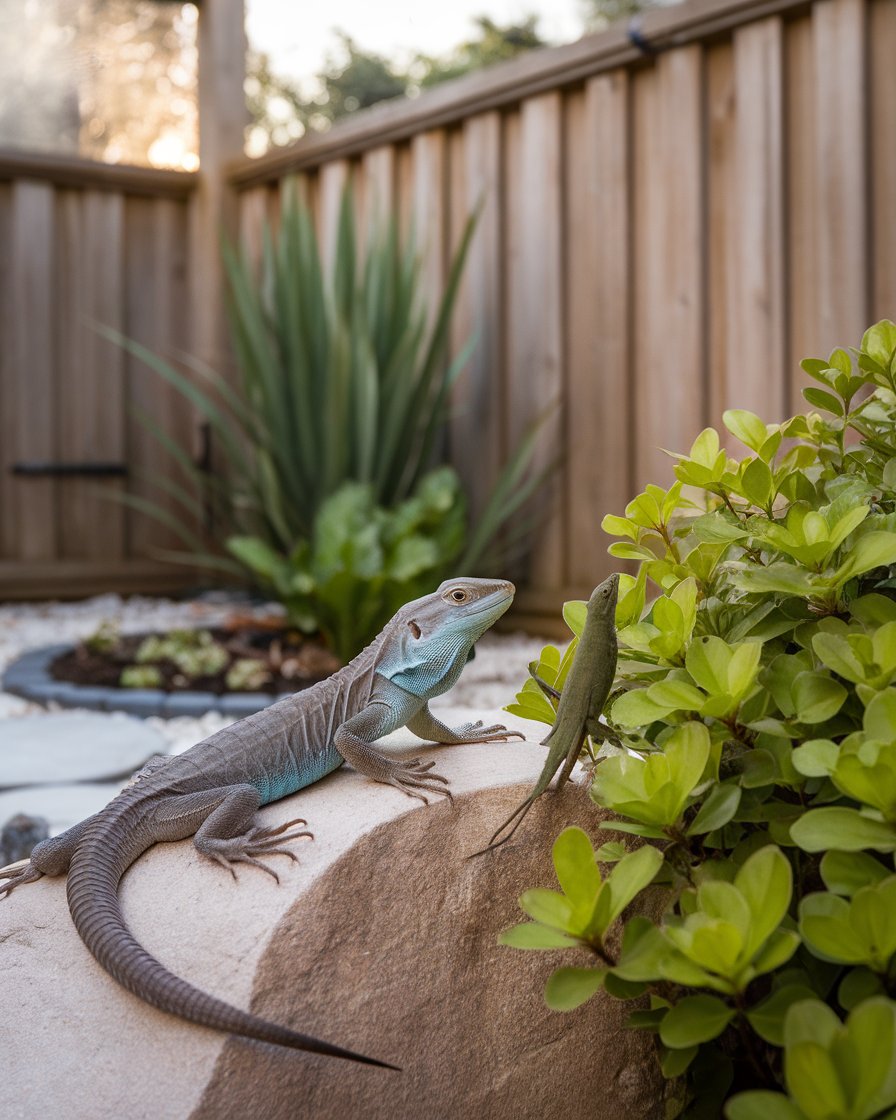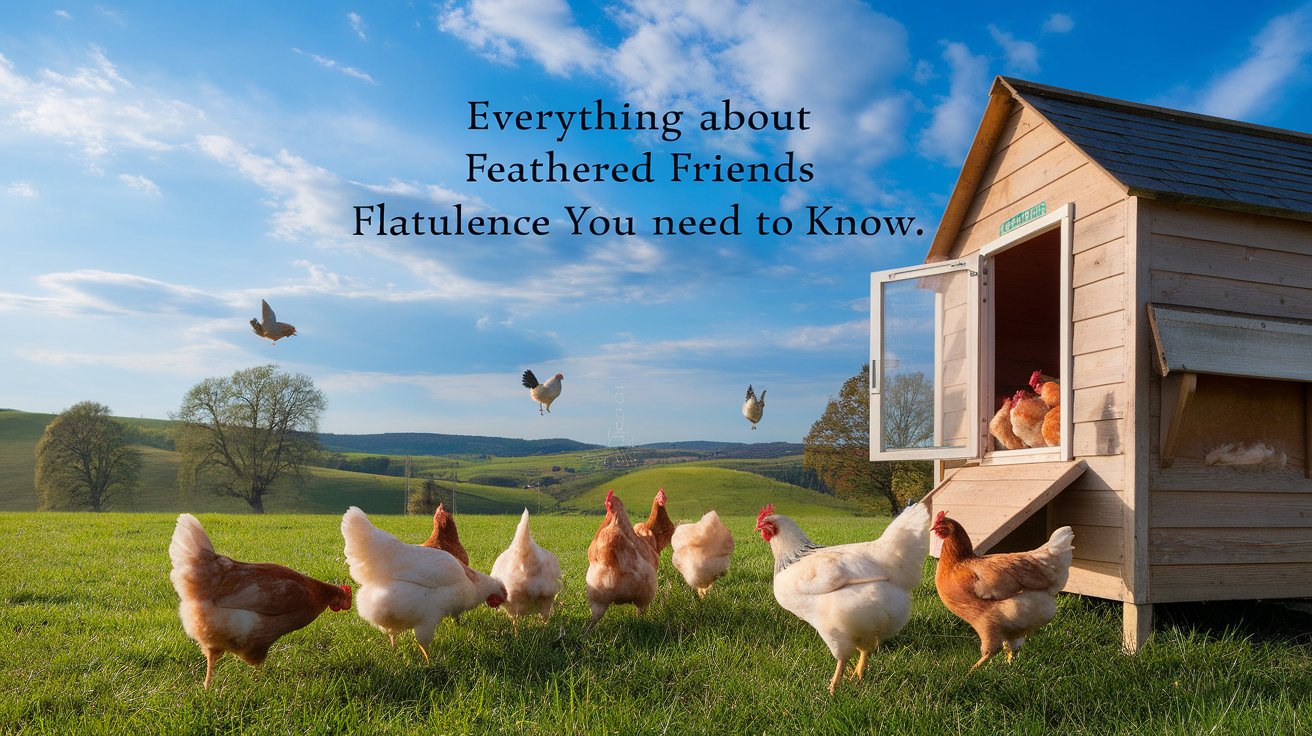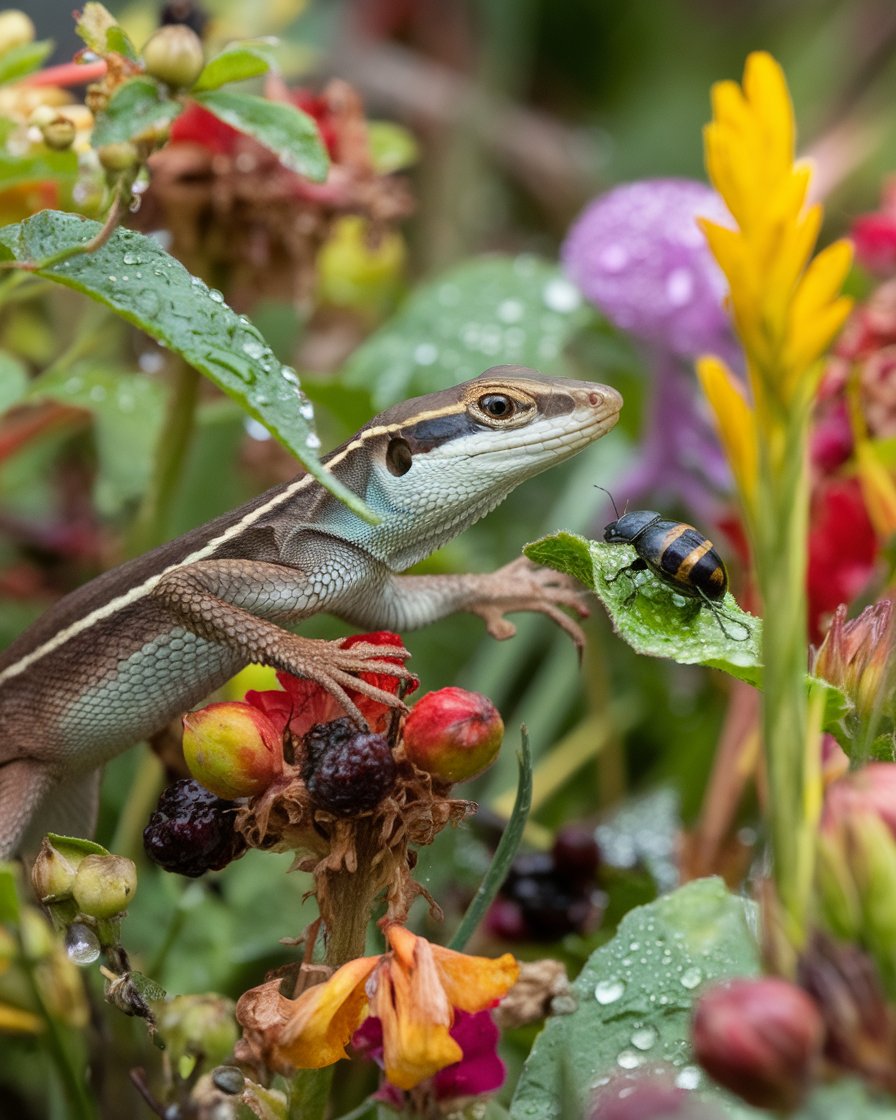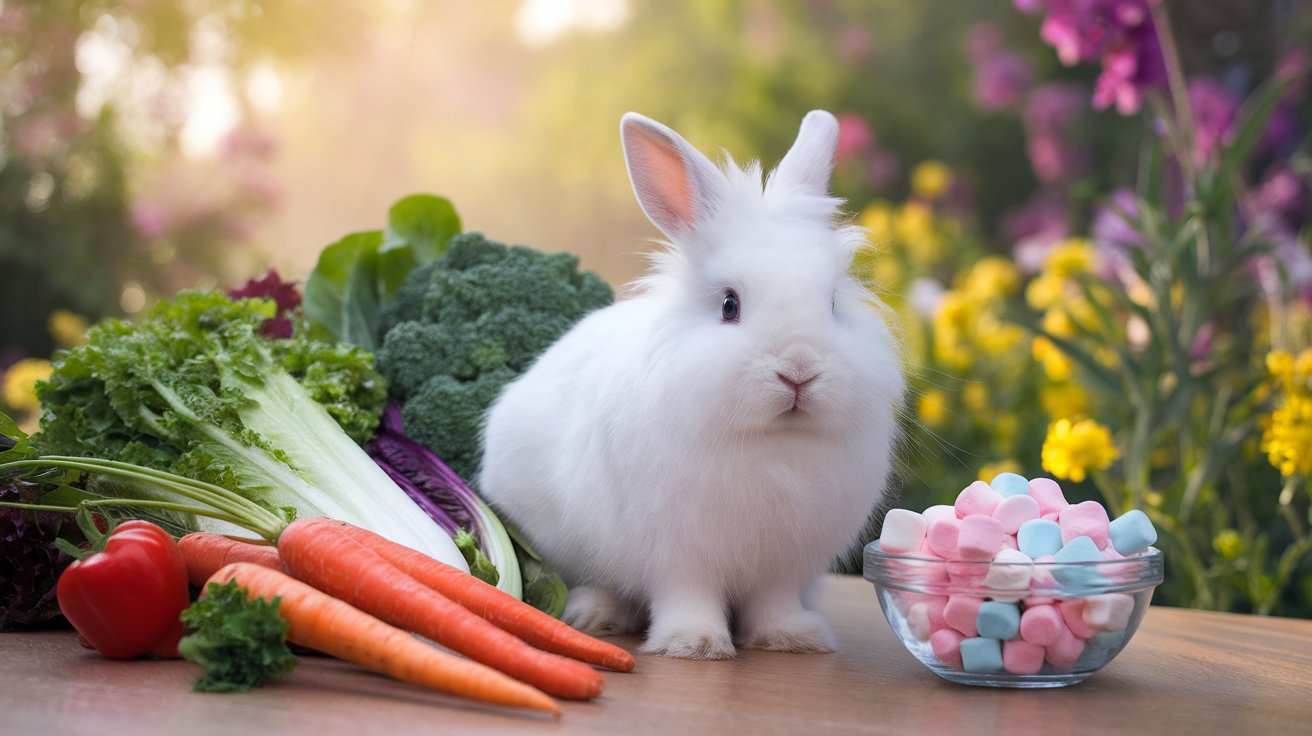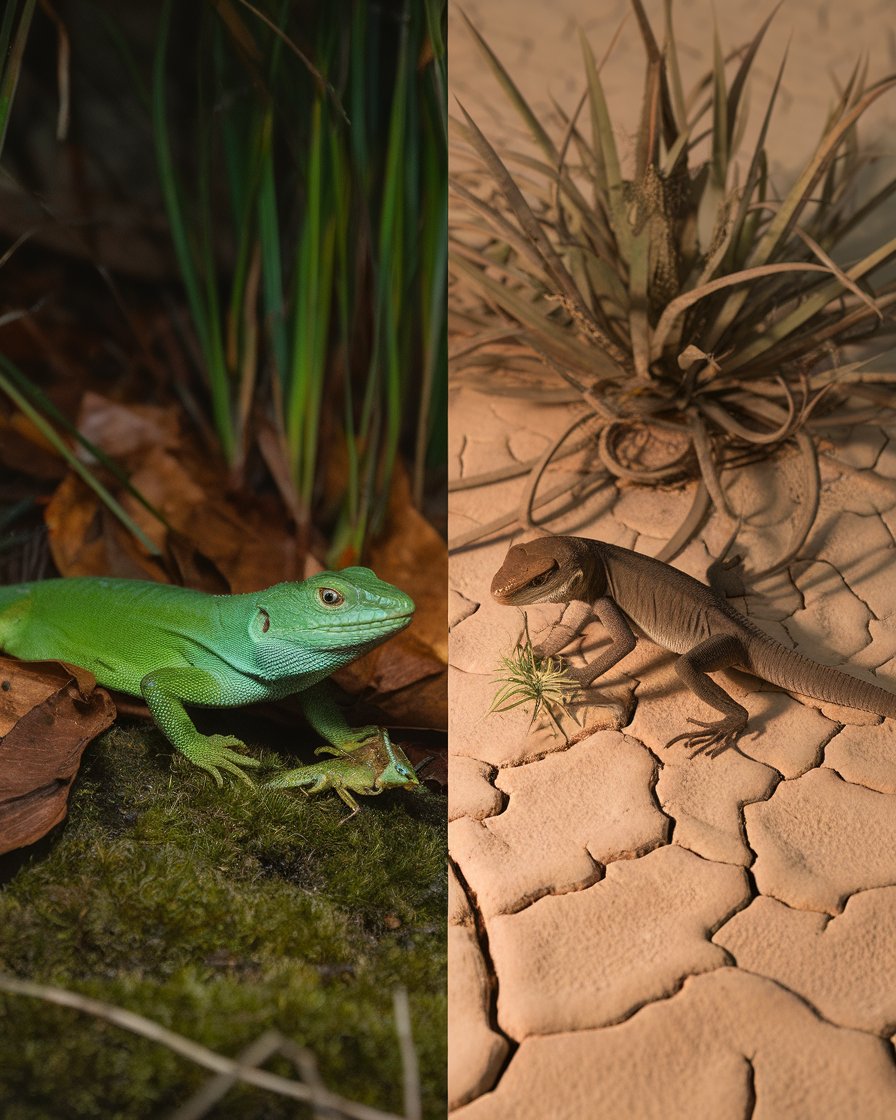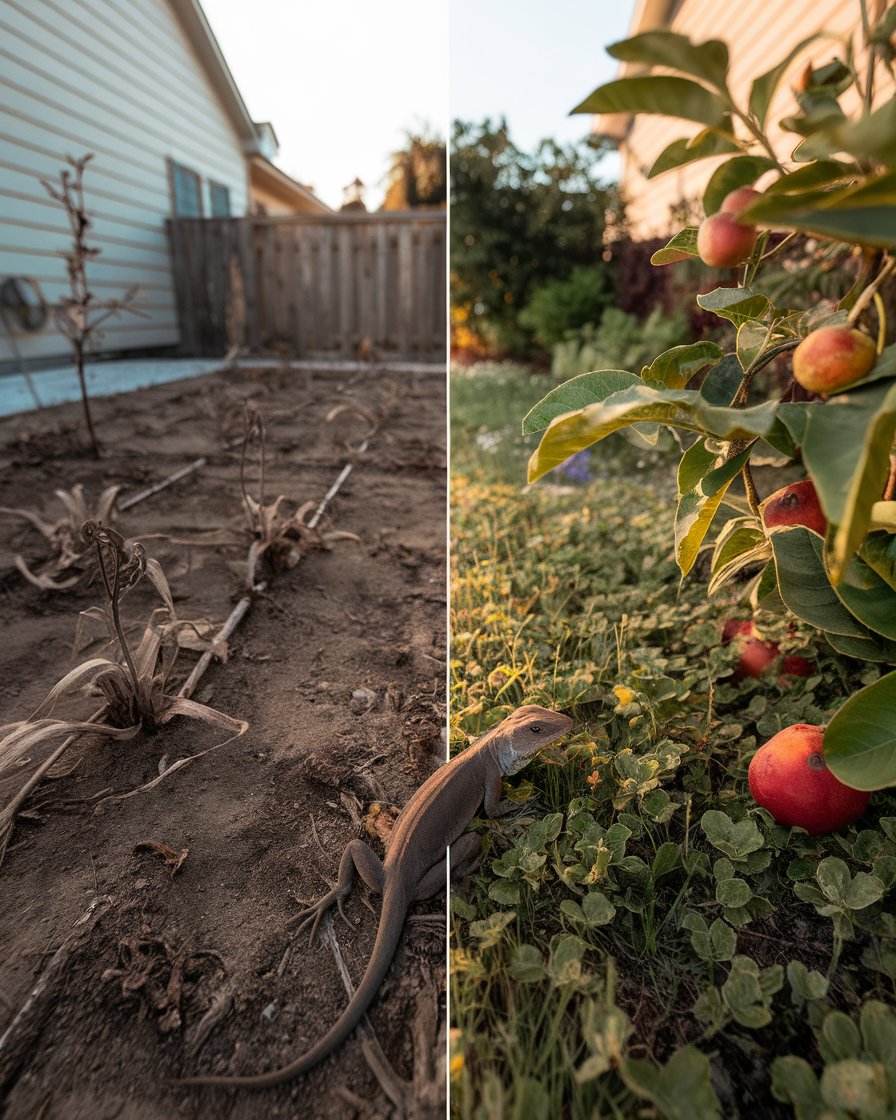Introduction
Lizards are fascinating creatures that play an important role in maintaining a balanced ecosystem, particularly in gardens and backyards. These reptiles include various species like garden lizards, which eat insects, small fruits, and plant matter. Lizards are opportunistic feeders, and their diet varies based on the species and availability of food in their environment. Baby lizards, for example, need to eat more frequently than adults and rely on small insects as part of their diet. Carnivorous lizards, on the other hand, primarily eat meat, while some species also eat plants or fruits like grapes.
In addition to insects, lizards also eat other small animals, making them excellent at controlling pest populations. Lizards that live in the wild or urban settings, such as backyards, can help reduce the number of harmful insects that damage plants. Their presence creates a natural balance, making them beneficial residents of any garden.
Key Takeaways
Lizards are opportunistic feeders, eating insects, plants, and small animals depending on the species and environment.
Baby lizards need to eat more frequently than adults and primarily rely on small insects as part of their diet.
Lizards are natural pest controllers, helping reduce harmful insect populations in gardens and backyards.
Pesticides and herbicides can negatively impact lizard populations by reducing their insect food sources and causing bioaccumulation of toxins.
Environmentally friendly gardening practices, such as planting native flora and avoiding chemicals, support healthy lizard diets.
Seasonal changes influence lizard diets, with more insects available in warmer months and plant matter becoming more prominent in colder seasons.
Common Species of Lizards in Gardens and Backyards
In many gardens and backyards, lizards can often be spotted basking in the sun or darting across pathways. These small reptiles play a vital role in controlling pests, which makes them beneficial to gardeners and homeowners alike. Lizards include various species like geckos and garden lizards, and they are known for their opportunistic feeding habits. Feeding lizards primarily involves consuming insects, which helps reduce the population of garden pests that could otherwise harm plants. Backyard lizards eat a variety of small animals, including insects and lizards eat plants too. Lizards get their nutrition from both plant matter and animal sources, maintaining a balanced ecosystem. Lizards usually thrive in various climates, adapting well to residential environments. Their diet in the wild ensures they remain natural pest controllers, making them a valuable addition to any backyard.
Diet in the Wild: What Do Backyard Lizards and Garden Lizards Eat?
Insects as a Primary Food Source
Backyard lizards, like garden lizards, primarily eat insects. Their diet includes small bugs like flies, beetles, ants, and spiders. Insects are abundant in garden environments, making them the top choice for lizards. These reptiles help reduce pest populations, ensuring a healthier garden for homeowners. Lizards are quick hunters, catching their prey with remarkable speed, making them efficient pest controllers.Small Invertebrates and Arachnids
Apart from insects, garden lizards also consume small invertebrates and arachnids such as worms, caterpillars, and small spiders. These creatures provide additional nutrients and variety to their diet. Lizards play an important role in balancing the garden ecosystem by keeping these smaller organisms in check.Plant Matter and Fruits
While many lizards are primarily insectivores, some species are omnivores and include plant matter and fruits in their diet. They may eat small leaves, flowers, and fruits like berries. These foods provide hydration and essential nutrients, especially in environments where insects may not be as plentiful.Feeding Habits of Baby Lizards
Baby lizards have different dietary needs than adult lizards. Baby lizards eat more frequently to support their rapid growth and rely heavily on small insects, like fruit flies or tiny crickets. Their fast metabolism requires regular feeding, and the availability of small, easy-to-catch insects is crucial for their survival in the wild.Adaptation to Seasonal Food Availability
During warmer months, when insects are more abundant, lizards eat a diet that consists mostly of bugs. However, in cooler months when insects are scarce, some lizards may shift to consuming more plant matter or relying on stored energy. Their adaptability ensures their survival through changing seasons.Contribution to Pest Control
By eating a wide variety of pests, garden and backyard lizards provide natural pest control. Their ability to hunt insects like mosquitoes and harmful caterpillars reduces the need for chemical pesticides, promoting a healthier and more balanced ecosystem in both natural and urban settings.
The Eastern Fence Lizard
The Eastern Fence Lizard, native to the eastern United States, is a common sight in gardens and wooded areas. These small lizards have rough, scaly skin, and the males are known for their striking blue bellies. Their primary diet consists of insects, which they hunt during the day. Fence lizards typically eat a variety of insects like ants, beetles, and spiders, making them helpful in managing pest populations in your backyard. They can often be found sunning themselves on rocks or fence posts, warming up to stay active. Although they are small, they are resilient hunters, contributing significantly to controlling the insect population in the areas where they thrive.
The Green Anole
The Green Anole is a vibrant lizard commonly found in southeastern backyards. Known for their bright green color, which can change to brown, these lizards are highly adaptable and frequently seen climbing fences, trees, and garden structures. Green Anoles are insectivores, meaning they eat a variety of insects such as flies, beetles, and spiders, making them a natural form of pest control. In the wild, they hunt insects during the day and rest at night. Due to their agility and ability to climb, they are excellent at finding insects hidden within garden plants, helping to keep your garden free from harmful pests.
Natural Food Sources for Lizards
Wild lizards are opportunistic feeders, adjusting their diet based on their environment and species. In the wild, lizards eat in the wild a variety of natural food sources that help them survive while supporting a balanced ecosystem. Gardeners benefit as lizards like to eat pests that could otherwise harm plants. Depending on the species, certain lizards are either insectivores, herbivores, or lizards are omnivores, feeding on foods lizards like insects, plants, and fruits. By understanding what common lizards eat in your backyard, you can appreciate their role as natural pest controllers. Insects are often the primary food source for different kinds of lizards, but some species also enjoy plant matter, fruits, and vegetables. This blend of diet provides essential nutrients and hydration to lizards eat fruits, ensuring their survival and contribution to maintaining the garden’s health.
Case Study: The Role of Lizards in Pest Control – A Garden Experiment
In 2017, researchers at the University of Queensland ran an experiment in Brisbane, Australia, to see how garden lizards and backyard lizards could control pests. The team monitored species like skinks and geckos, watching what they ate over a few months. Turns out, these lizards eat insects such as ants, beetles, and crickets, which helped lower the number of harmful bugs in the gardens.
By eating these pests, lizards reduced the damage that bugs usually cause to plants, making the gardens healthier overall. The study showed that encouraging lizards in your backyard can be a natural way to keep pest populations down. Creating lizard-friendly spaces can boost biodiversity and support a balanced garden ecosystem. Lizards don’t just help— they thrive when they have insects to feed on, helping your garden thrive too!
Insects as Primary Diet Component
Insects make up the bulk of many lizard species’ diets. Lizards like leopard geckos, bearded dragons, and crested geckos are known to hunt a variety of small insects. These lizards typically eat crickets, beetles, and ants, actively hunting them in their habitat. Garden lizards, for example, rely on these insects to sustain their health and energy levels. By consuming pests, lizards indirectly help control bug populations, which can otherwise wreak havoc on plants. This natural form of pest control benefits gardeners, as lizards typically eat insects that harm vegetation. Their presence in a garden ensures fewer harmful bugs and a healthier, more balanced ecosystem.
Plant Matter and Fruits
While insects are a significant part of most lizard diets, certain species, like the Green Anole, also enjoy eating plant matter and fruits. Omnivorous lizards often include small amounts of flowers, leaves, and berries in their diet. Eating plants provides necessary hydration, especially during warmer months when water sources may be limited. Fruits like grapes and berries offer essential nutrients, and their sugar content can boost energy. Lizards that eat a mix of insects and plant matter are well-adapted to environments with diverse food sources. This omnivorous diet helps them thrive in both natural and urban settings, making them valuable residents of backyards and gardens.
Impact of Habitat on Lizard Diet
The habitat where a lizard lives plays a crucial role in determining its diet. Lizards are highly adaptable creatures that adjust their feeding habits based on the resources available in their surroundings. In environments such as forests, deserts, and backyards, the types of food they consume can differ significantly. Some lizards, like carnivorous species, rely primarily on insects, while others are herbivorous and feed on plants and fruits. In a typical backyard, lizards may eat insects, small fruits, and leaves. Their diet is directly influenced by what is available in their specific ecosystem, ensuring their survival and contributing to maintaining a balanced local environment.
How Surroundings Influence Food Availability
Lizards are opportunistic feeders, and the resources in their environment determine what they eat. In densely vegetated areas, lizards typically eat insects like crickets, beetles, and small invertebrates that are abundant. Forest habitats also provide fruits and leaves for herbivorous and omnivorous species. Desert-dwelling lizards, on the other hand, often rely on drought-resistant plants and small insects, as these are the most accessible food sources. Backyard lizards, especially common species, thrive by eating small insects and plant matter. The food available in each habitat dictates not only what lizards will eat but also their overall health and survival.
Seasonal Changes in Diet
Seasonal shifts have a significant impact on lizard diets. During warmer months like spring and summer, there is typically an increase in insect populations, which many lizards rely on as their primary food source. Lizards will eat insects and small invertebrates more frequently during these times, helping them store energy. However, as fall and winter arrive, the availability of insects decreases, and lizards may turn to eating more plant matter or stored energy reserves. Some herbivorous lizards can thrive on leaves and fruits even in cooler seasons. This seasonal adaptability ensures lizards can continue to find food, no matter the time of year.
“The natural world is changing. And we are totally dependent on that world. It provides our food, water, and air. It is the most precious thing we have, and we need to defend it.” – Sir David Attenborough
(Source: The Guardian, 2019)
Human Interaction and Its Effect on Lizard Diet
Human activities significantly impact the diet and survival of lizards, especially in urban and suburban environments. The widespread use of pesticides, herbicides, and other chemicals can directly affect the availability of natural food sources for lizards, particularly insects. In addition to depleting their food supply, these chemicals can poison the insects that lizards typically eat, leading to bioaccumulation and affecting the health of the lizards themselves. On the other hand, adopting environmentally conscious gardening practices can encourage healthier ecosystems, where lizards can find a variety of natural food sources. These interactions between humans and nature play a crucial role in determining the quality and availability of lizard diets.
Effects of Pesticides and Herbicides
The use of pesticides and herbicides in residential gardens and farms can have harmful effects on lizards. Many species rely on insects as a primary component of their diet, but when pesticides are used, these insect populations drastically decline. Lizards, such as baby garden lizards or common backyard species, need to eat frequently, especially smaller insects, to maintain their energy. When their food sources are reduced, they may suffer from malnutrition or be forced to migrate to other areas. Additionally, when lizards eat insects that have been exposed to chemicals, they can accumulate toxins in their bodies. This bioaccumulation may lead to reduced reproductive success and even decreased survival rates in affected populations.
Encouraging a Healthy Diet Through Gardening Practices
While pesticides and herbicides pose a threat to lizards, environmentally friendly gardening practices can support their diet and wellbeing. By reducing or eliminating the use of chemicals, homeowners can create a more natural habitat that encourages insects to thrive, providing lizards with abundant food sources. Planting native plants also attracts a variety of insects, which are essential to the diet of many lizard species. Additionally, lizards will eat small fruits and plant matter, so cultivating diverse vegetation can further support their dietary needs. These sustainable gardening practices not only benefit lizards but also promote biodiversity, creating a healthier, more balanced ecosystem in backyards and gardens.
Conclusion
Lizards are more than just fascinating creatures—they’re key players in keeping your garden healthy and balanced. Whether it’s garden lizards or baby lizards, these reptiles are always on the lookout for food. They hunt insects, munch on plants, and even eat fruit like grapes. This natural feeding behavior helps control pests, which is great news for gardeners! Lizards in your backyard can really make a difference by eating small bugs that could otherwise harm your plants.
But it’s not just bugs they’re after. Common lizards enjoy a wide diet, including insects, fruits, and vegetables. Some species, like pet lizards, need a mix of insects and plant matter to stay healthy. And while adult lizards may have a more varied diet, baby lizards eat small insects to grow strong. By making your garden more lizard-friendly, you’re not only helping them thrive but also boosting the overall health of your ecosystem!

